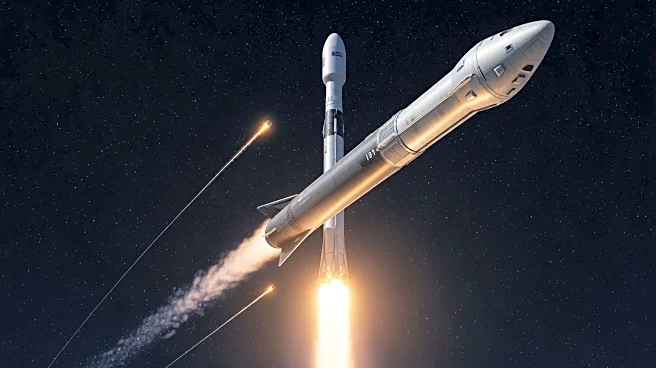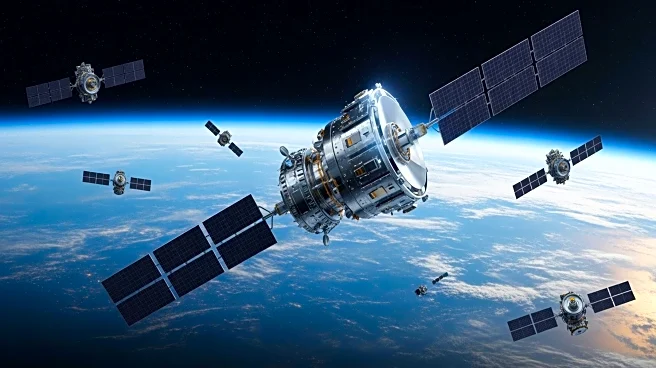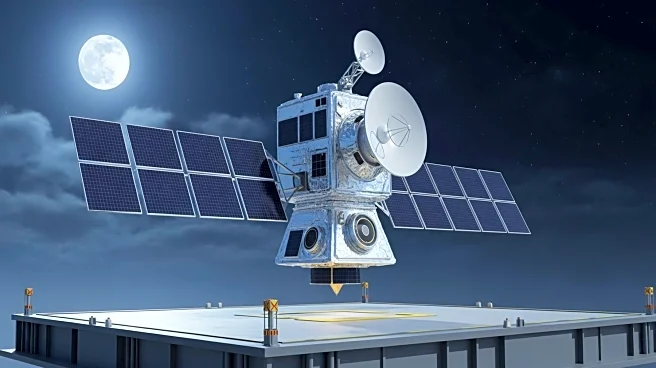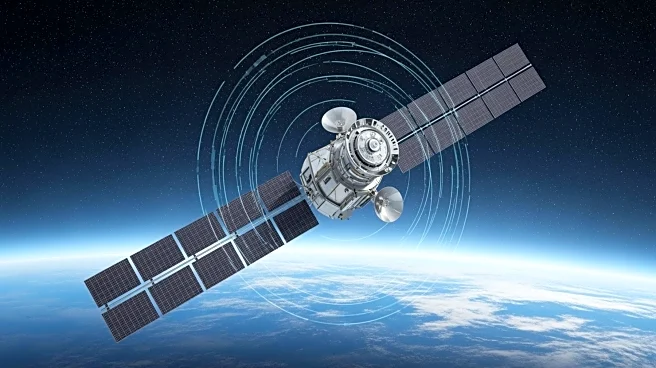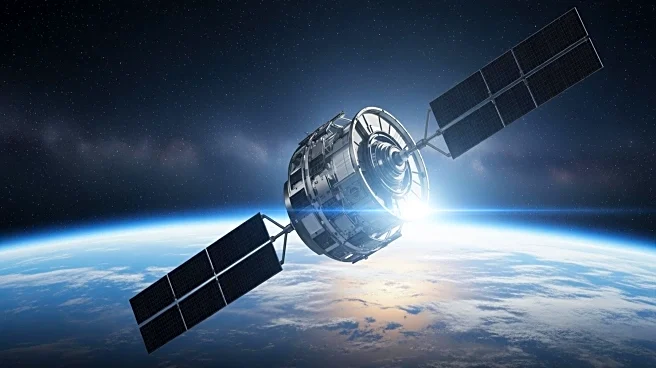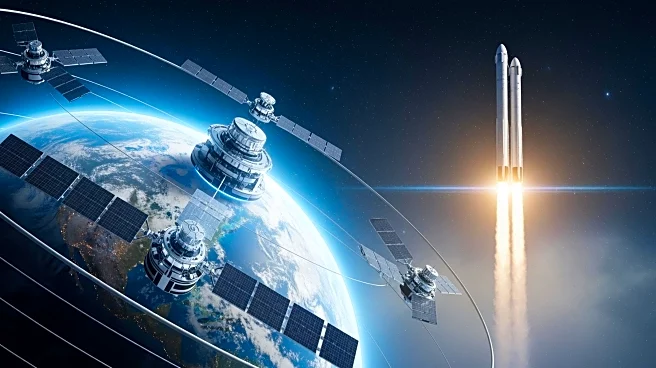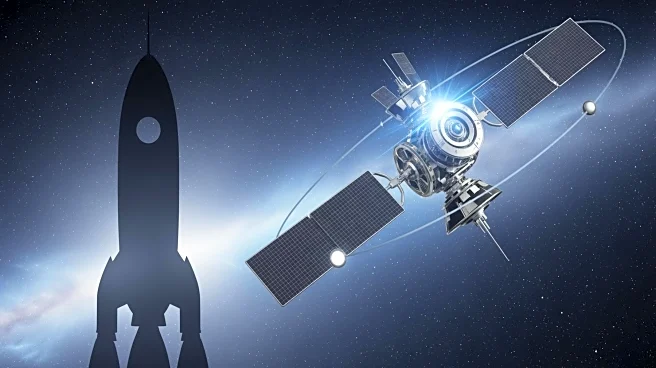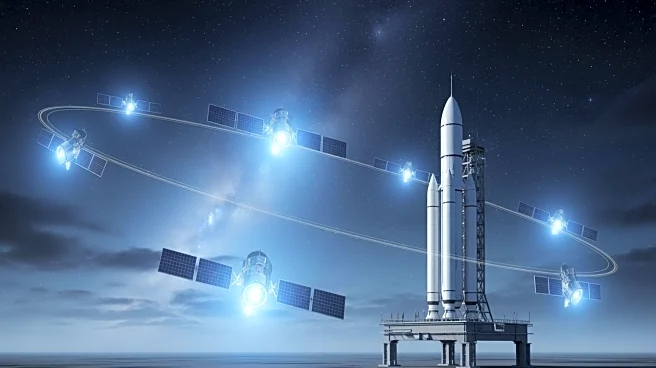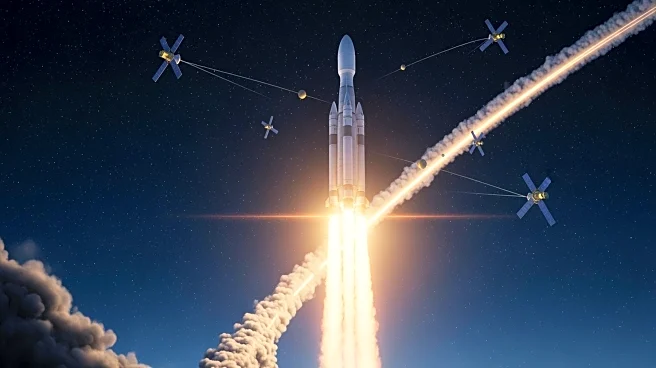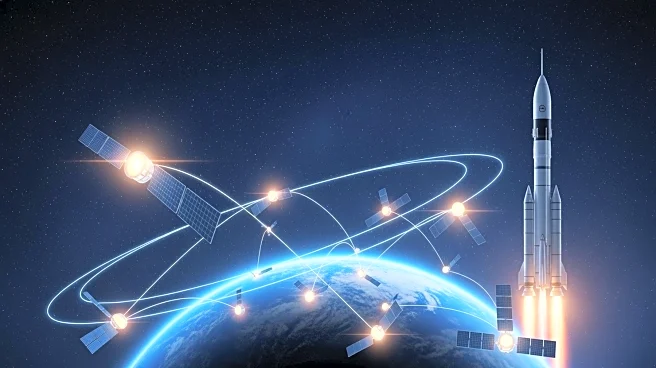What's Happening?
SpaceX successfully launched its Falcon 9 rocket from Cape Canaveral Space Force Station, marking the booster’s 31st launch and landing. The mission, known as Starlink 10-17, deployed 28 Starlink internet satellites into low-Earth orbit. The launch took
place at 1:39 p.m. on October 19 from Launch Complex 40. This achievement underscores SpaceX's continued efforts to expand its Starlink constellation, which aims to provide global internet coverage. The Falcon 9's repeated use demonstrates SpaceX's commitment to reusability and cost-efficiency in space missions.
Why It's Important?
The successful launch and landing of the Falcon 9 booster highlight SpaceX's advancements in reusable rocket technology, which significantly reduce the cost of space travel. The expansion of the Starlink satellite network is crucial for improving internet access worldwide, particularly in remote and underserved areas. This development has implications for global connectivity, potentially transforming communication and access to information. Additionally, SpaceX's achievements contribute to the competitiveness of the U.S. aerospace industry, fostering innovation and economic growth.
What's Next?
SpaceX plans to continue its Starlink satellite launches, aiming to enhance the network's coverage and capacity. Future missions may focus on increasing the number of satellites in orbit and improving the technology for better service quality. As the Starlink constellation grows, regulatory bodies may assess the impact on space traffic and implement measures to manage congestion. SpaceX's success may also influence other companies to invest in reusable rocket technology, driving further advancements in the aerospace sector.


